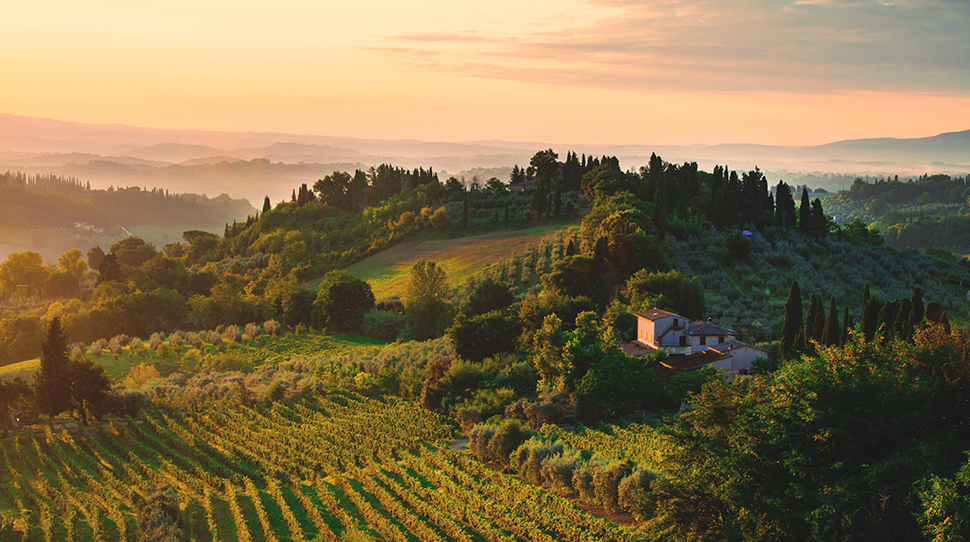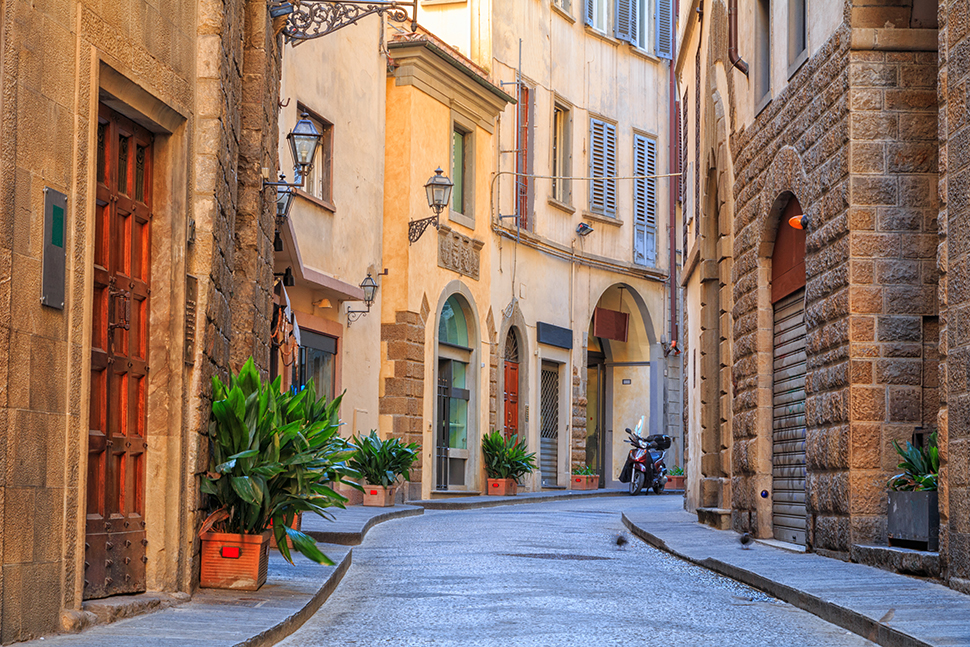

Rolling hills and rustic villas are the go-to images of Tuscany, but this expansive Italian region is far more diverse than the postcards would have you think. Leisurely countryside stays, coastal getaways and busy holidays in bustling cities are just a few of the options under the Tuscan sun.
Whether your interests skew toward gourmet food and wine, art and architecture, or good old-fashioned R&R, knowing a few ground rules and guidelines ahead of your trip will save you stress and help you see why Tuscany draws in dreamers, season after season.
The best time to visit Tuscany
While there’s no bad time to visit Tuscany, it’s worth noting that August is when most Italians go on vacation, so beach towns will be crawling with the sunning masses, and you’ll hear noticeably less Italian being spoken in the streets of cultural hubs like, say, Siena. Business closures are also common during the summer.
For pleasant temperatures and (somewhat) thinning crowds, opt for a shoulder-season visit in autumn (it’s prime time for new olive oil, truffles and other Tuscan wonders) and spring (Easter festivities and fresh produce abound).
Wintertime weather can tend toward the gloomy, but most towns hang holiday lights and host festive markets well on through La Befana (the Feast Day of Epiphany, January 6), adding charm and warmth to your stay.
What to pack for a trip to Tuscany
Tuscans cut a fine figure and, fair or not, sloppy attire will sometimes get you sloppy treatment, particularly in tourist-heavy areas. Opt for a few smart ensembles and resist the urge to overpack: most Tuscany trips involve hauling suitcases through busy train stations and tiny elevators, so less is more.
Temperatures in Tuscany are generally mild, but things take a turn for dark and drizzly as early as November. While snow is rare, weather can be on the wintry side through March. Pack a smart raincoat and sturdy, waterproof shoes that can also weather lots of walking on cobblestones.
In spring and fall, carry an extra layer with you when out sightseeing, in case temperatures cool off in the evening. During the summer, wear sunscreen and keep in mind that churches and religious sites will require modest dress — meaning generally that knees and shoulders need to be covered. If your skin is exposed and you’ll be visiting such sites, have a scarf, sarong or jacket handy.

The best way to get around Tuscany
Train travel among some of Tuscany’s most popular cities is easy, but there are a few quirks to be aware of. Trenitalia is Italy’s main rail operator, but within Tuscany, you won’t be taking the same high-speed trains that operate between big cities. Instead, you’ll be on slower regional trains that will make multiple stops. Double-check where you are before de-boarding; there will usually be signs outside, and arrival announcements are made over a loudspeaker.
Regional train tickets can sometimes be booked ahead online. While not an exact science, a good rule of thumb is to try online purchase about two weeks ahead of your trip. Booking directly at the station is also an option, and sometimes the preferable one: use one of the designated ticket machines or speak to a representative in a staffed ticketing area (the biglietteria). Regional trains have open seating, but many are divided into first and second class, so look for indications of this on the carriage doors. You’ll also want to time-stamp your ticket before departure at one of the small green validation machines found around the station. Failing to do so can result in a fine.
For exploring some of Tuscany’s more remote towns, renting a car is a popular option, and a great way to enrich your experience. Remember to carry your home state license and confirm with the car rental company ahead of time if your vehicle will be an automatic or a manual transmission. You’ll also want to have plenty of change on hand for tolls, which can quickly add up.
Keep in mind that while a road trip in a rental car makes for an adventure, it’s best to use the vehicle only when moving between towns. Once you’ve arrived at your destination, you’re better off walking or, if physically necessary, hiring a private driver. Most Tuscan towns and cities have limited traffic zones, particularly in their historic centers, and regulations around entry and parking are rarely clear-cut for travelers. The last thing you want is a hefty sanction for your sightseeing.
